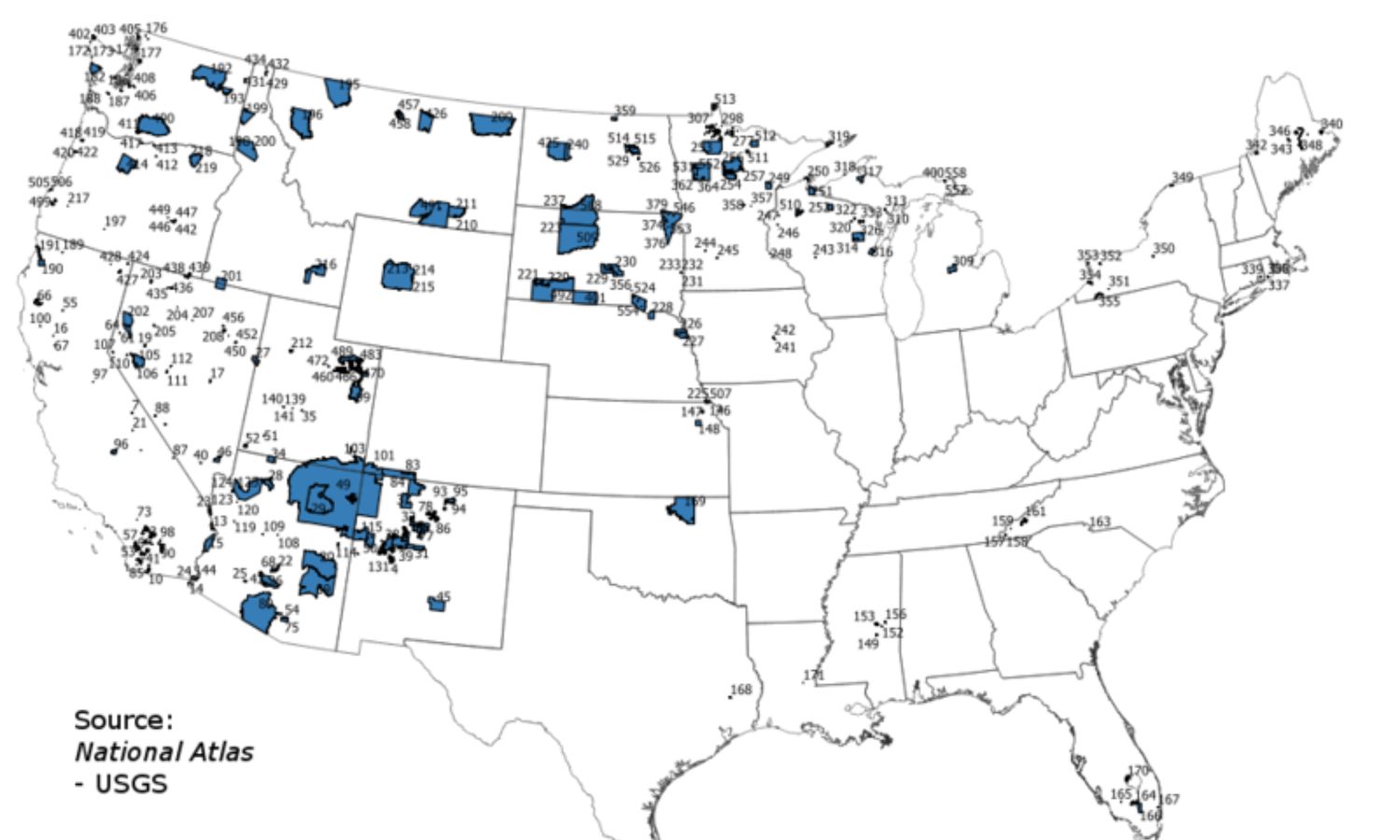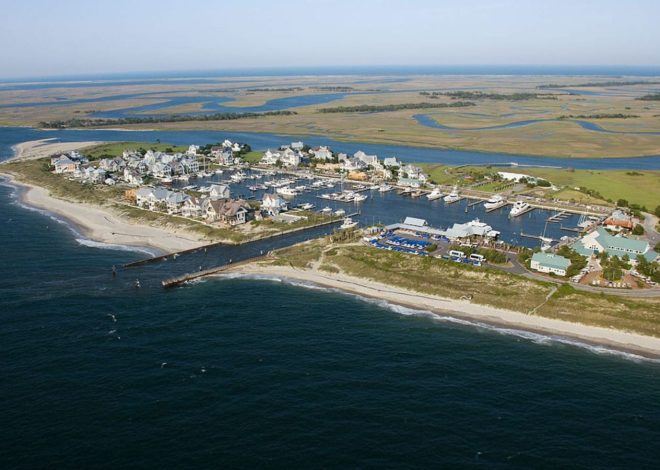
How Much of Arizona is Indian Land?
Arizona, a state in the American Southwest, is well known for its varied landscapes, extensive history, and rich cultural legacy.
The state is home to numerous Native American tribes that have lived there for many years, fiercely protecting their customs and sovereignty. What opportunities and difficulties do these indigenous peoples have in managing their lands and resources, and how much land do they truly own in Arizona?
Extent of Tribal Lands in Arizona
There are 22 federally recognized tribes in Arizona, according to the U.S. Census Bureau, 17 of which have reservations located solely within the state. Reserves, which are federally designated sections of land exclusively for tribal use, make up more than 25% of Arizona’s total land area, or over 19.8 million acres.
The Navajo Nation, which includes parts of New Mexico and Utah, is the largest reserve at 27,413 square miles, while the Tonto Apache reserve, located in central Arizona, is the smallest at 0.13 square miles. While some reservations are made up of multiple properties, others are contiguous. The Tohono O dham Nation, for example, is in charge of four different areas of land: the San Xavier and Tohono O dham Indian Reservations, as well as the San Lucy district close to Gila Bend.
In addition to reservations, several tribes own trust lands that are off-reservation; these properties comprise about 1.5 million acres. These lands retain the same legal status and protections as reserve lands because they are held in trust by the federal government for tribes or specific tribal members.
Challenges and Opportunities of Tribal Lands in Arizona
Although Arizona’s tribal lands are rich in natural and cultural resources, they face many difficulties:
- Environmental degradation and climate change: Tribal lands are susceptible to environmental issues like drought, wildfires, erosion, flooding, invasive species, and pollution. These factors impact the health, livelihood, and culture of tribal communities, as well as the quality and quantity of water, land, and wildlife resources.
- Economic development and poverty: Tribal lands often lack sufficient infrastructure and opportunities for economic growth, leading to high rates of poverty, unemployment, and limited access to essential services. Economic activities such as gaming, tourism, energy, mining, and agriculture may pose environmental, social, and cultural risks.
- Jurisdiction and governance: Tribal lands face complex and overlapping regulations from federal, state, local, and tribal authorities, causing confusion and inefficiency in their management. Varying degrees of autonomy and self-governance exist among tribes, leading to differences in constitutions, codes, courts, and law enforcement agencies.
Despite these challenges, tribal lands offer significant advantages:
- Cultural preservation and revitalization: Tribal lands serve as ancestral homelands, housing sacred sites, historical landmarks, and traditional knowledge vital for cultural identity and survival. They provide a space for tribes to practice and revitalize languages, religions, arts, and customs.
- Natural resource conservation and stewardship: Tribal lands host diverse ecosystems, habitats, and species of ecological and scientific value. Many tribes adopt sustainable approaches based on traditional ecological knowledge to manage their lands and resources effectively.
- Economic and social contribution and collaboration: Tribal lands contribute to Arizona s economic and social well-being through employment, income, taxes, and spending. Collaboration with various stakeholders can foster mutual understanding, respect, and cooperation to address common challenges and goals.
Conclusion
Tribal lands, which stand for the variety, tenacity, and sovereignty of Native American tribes, are an essential component of Arizona’s geography, history, and culture. These areas are important not only for tribal groups but also for the state and country as a whole. Arizona can be more prosperous and sustainable in its social, economic, and environmental domains if its tribal lands and people are acknowledged, respected, and supported in their rights and interests.
SEE MORE
How Does New Hampshire’s Climate Change Appear?


